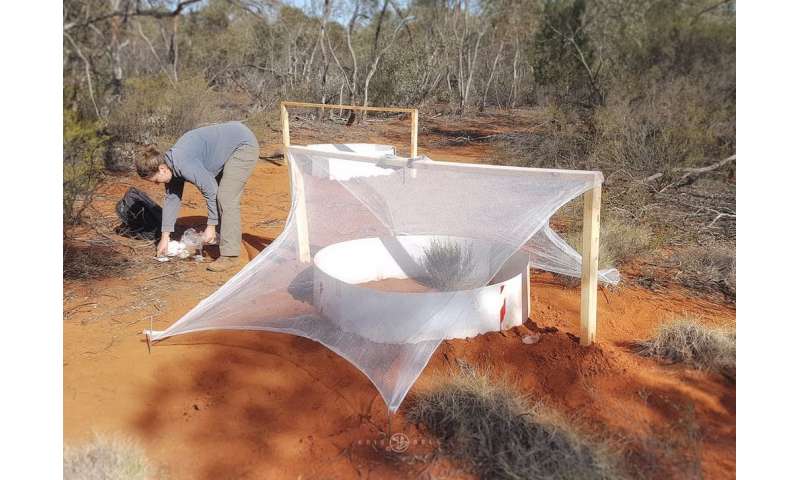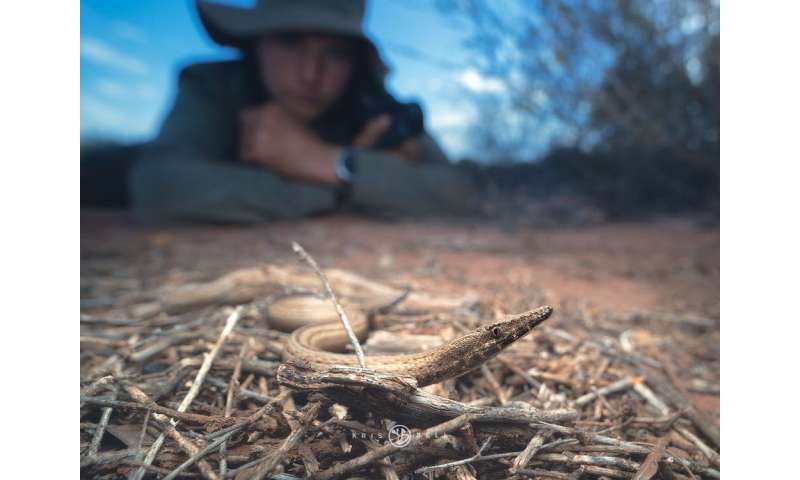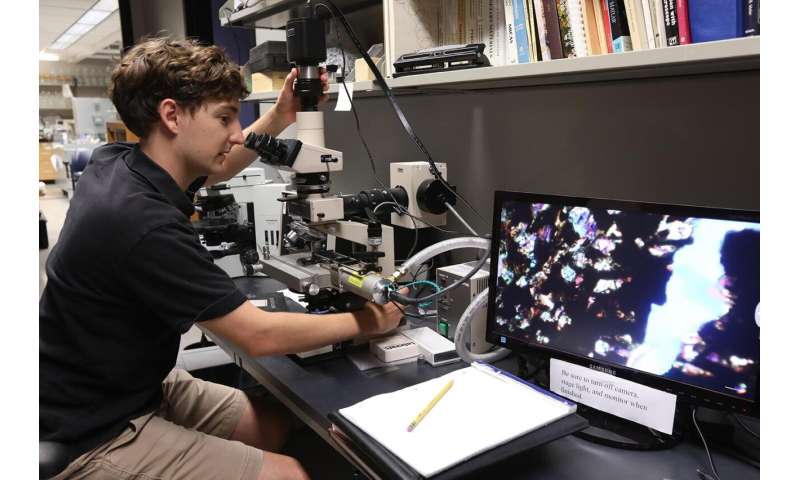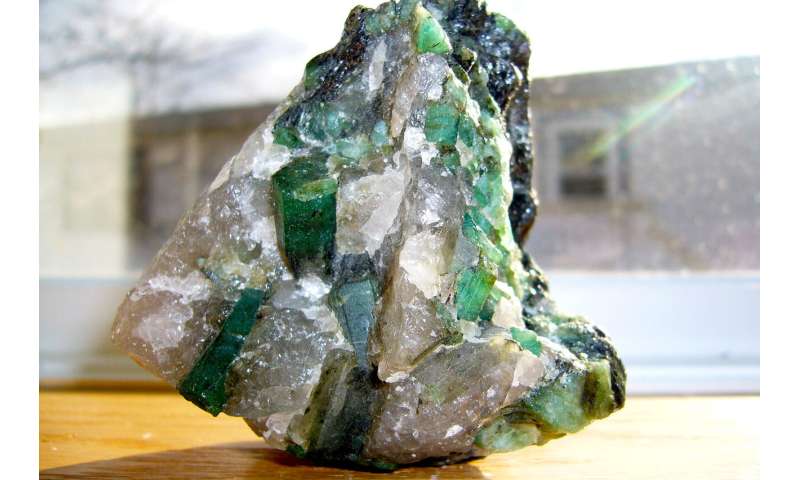Logistics logic to reducing hotel food waste
by David Bradley, Inderscience

Credit: CC0 Public Domain
Food waste is a growing problem for humanity. Vast tonnages of fresh food is lost because it never reaches consumers for myriad reasons, and similarly, food that reaches individual consumers and food outlets is often not eaten before it perishes and must be disposed of.
Researchers from India and Qatar have looked at this problem in work published in the International Journal of Hospitality and Event Management. Their perspective is that of finding solutions to the problem for hotels by looking at food transportation infrastructure and by considering food portioning while serving the food to their customers. It is estimated that half of all solid food waste is generated by the hotel industry. They have worked with 210 members of management staff from 21 five-star hotels in their study.
"The results have indicated that logistical issues in the hotel industry play a very important role in the food wastage management," the team writes, "This finding is in alignment with earlier research." Hotels must adopt just-in-time principles in their logistics management to reduce food waste but also ensuring that sufficient food is available when it is needed to fulfills customer demands.
The team adds that an additional benefit of improved and more efficient logistics management is that it can maintain a forward and reverse flow of information to the benefit of the hotels themselves and their suppliers. All of this will require the education of managers in the concepts of logistics and improved community awareness as well as finding ways to change attitudes towards food waste.
Explore further How to benefit from food waste in the age of climate change
Food waste is a growing problem for humanity. Vast tonnages of fresh food is lost because it never reaches consumers for myriad reasons, and similarly, food that reaches individual consumers and food outlets is often not eaten before it perishes and must be disposed of.
Researchers from India and Qatar have looked at this problem in work published in the International Journal of Hospitality and Event Management. Their perspective is that of finding solutions to the problem for hotels by looking at food transportation infrastructure and by considering food portioning while serving the food to their customers. It is estimated that half of all solid food waste is generated by the hotel industry. They have worked with 210 members of management staff from 21 five-star hotels in their study.
"The results have indicated that logistical issues in the hotel industry play a very important role in the food wastage management," the team writes, "This finding is in alignment with earlier research." Hotels must adopt just-in-time principles in their logistics management to reduce food waste but also ensuring that sufficient food is available when it is needed to fulfills customer demands.
The team adds that an additional benefit of improved and more efficient logistics management is that it can maintain a forward and reverse flow of information to the benefit of the hotels themselves and their suppliers. All of this will require the education of managers in the concepts of logistics and improved community awareness as well as finding ways to change attitudes towards food waste.
Explore further How to benefit from food waste in the age of climate change
More information: Girish K. Nair et al. Can food waste be reduced: An investigation into food waste management in hospitality industry, International Journal of Hospitality and Event Management (2020). DOI: 10.1504/IJHEM.2019.109953
Provided by Inderscience



















